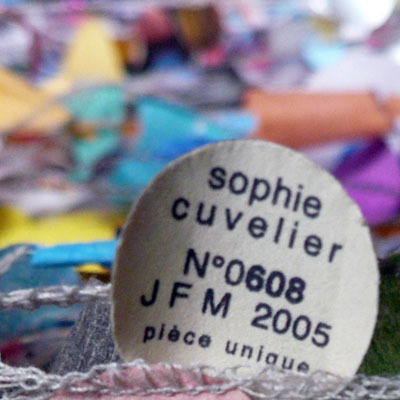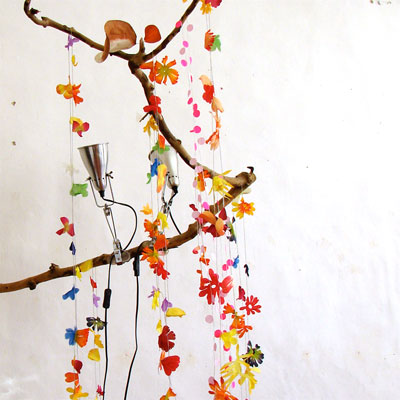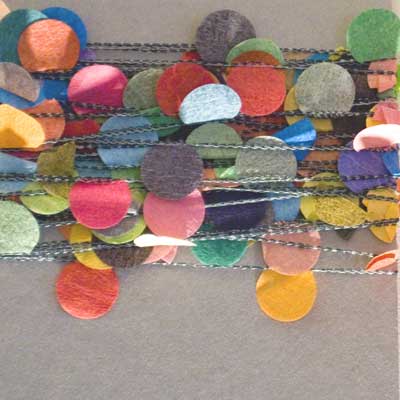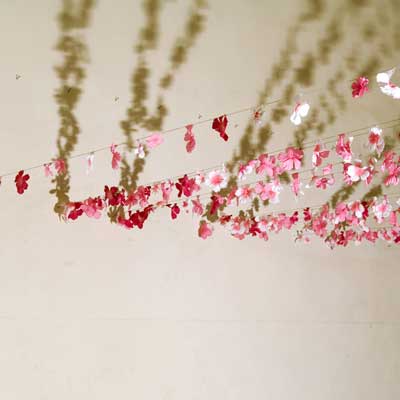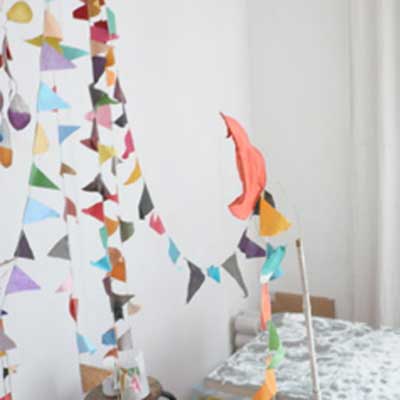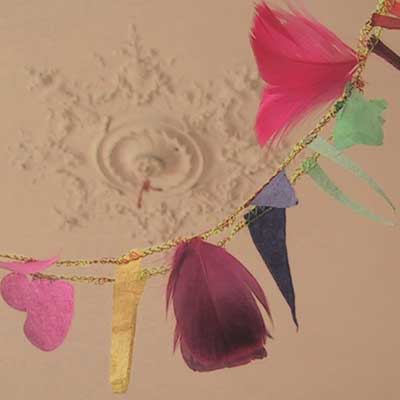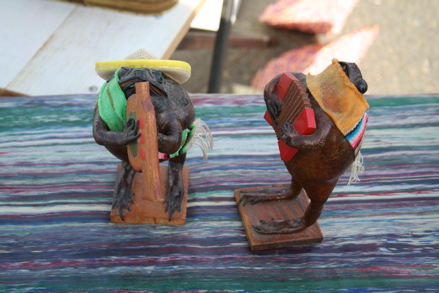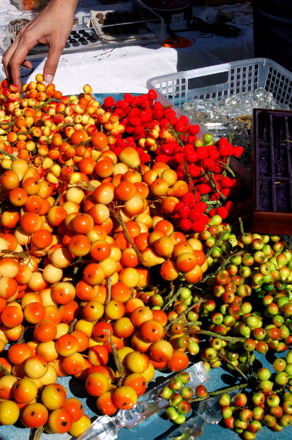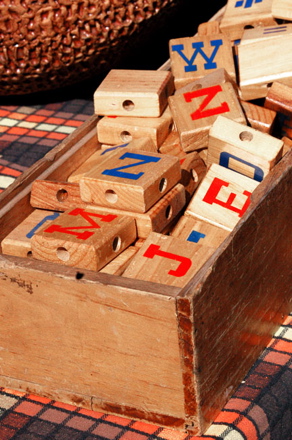For today's Handmade Weddings DIY project we're bringing you detailed instructions for our popular silk screened place mats! Whimsical and totally customizable, these kraft paper place mats work for both buffet-style or plated service. Place a charger and napkin on the mat (as shown) or have it double as a place card by writing guests’ names in the middle of the plate. If silk-screening feels out of your league, consider just photocopying them in black/white or on bright colored paper. The pattern is easy to make for a big wedding reception or even for a small dinner party.
Materials
• Custom screens • One hundred fifty 12-×-18-inch sheets kraft paper, such as Borden & Riley #840 Kraft Pad
Tools • Place Mat template • Newsprint • Set of 2 hinge clamps • A wood board at least 1/2-inch thick and several inches wider and longer than the silk-screen frame • Four 1/2-inch long screw • Screwdriver • A small prop, such as an art eraser • 2-inch wide masking tape • Water-based screen-printing ink in white • Squeegee • Chipboard or cardboard scraps
How to 1. Make your screens. Send the Place Mat template files to a screen printer to have screens made, or make them with a home screen-making kit, following the manufacturer’s instructions.
2. Prepare your silk-screening station (figure 1), but do not outline your screen frame with a Sharpie. Position your test paper; use a spare sheet from your kraft pad.
3. Make a test print. With the frame in the down position, squeeze or spoon a line of the printing ink (approximately 1 tablespoon) along the top edge of the screen (figure 2). Take your squeegee and drag the ink from the top edge toward you, across the design area, applying pressure as you pull (figure 3). Carefully raise the frame to the up position and view the print. Make any adjustments to the placement of the paper (moving your registration tape accordingly) and amount of ink. Using your spoon, scrape excess ink from the squeegee back onto the top area of the screen, adding ink if necessary. Make additional test prints until you are happy with the quality and placement of the print. Build up the masking-tape marks with chipboard or cardboard scraps so that the paper won’t shift when you are printing (figure 4).
4. Print the rest of your place mats. Lay them out to dry completely.
Happy crafting!
For more DIY ideas, visit our website here!





